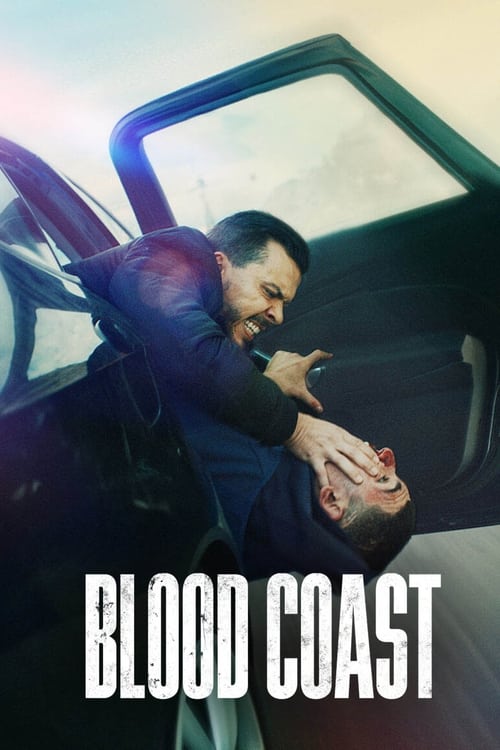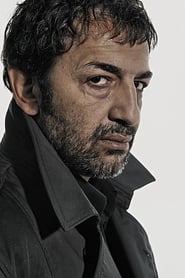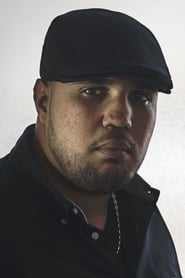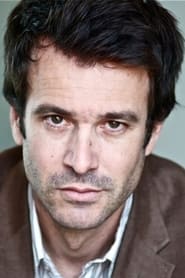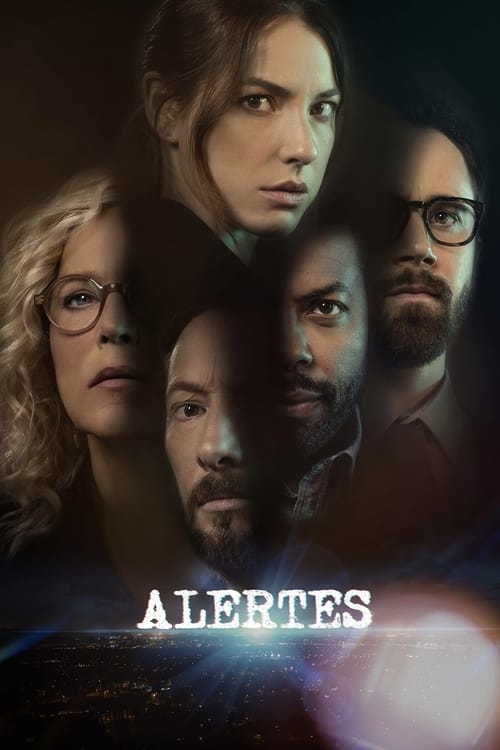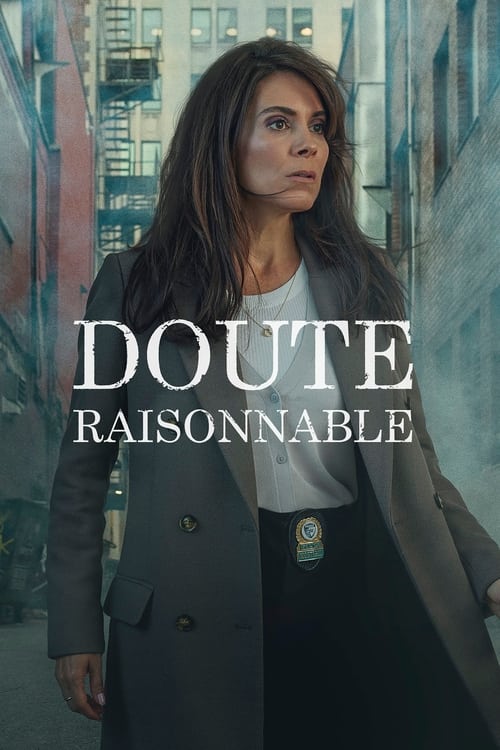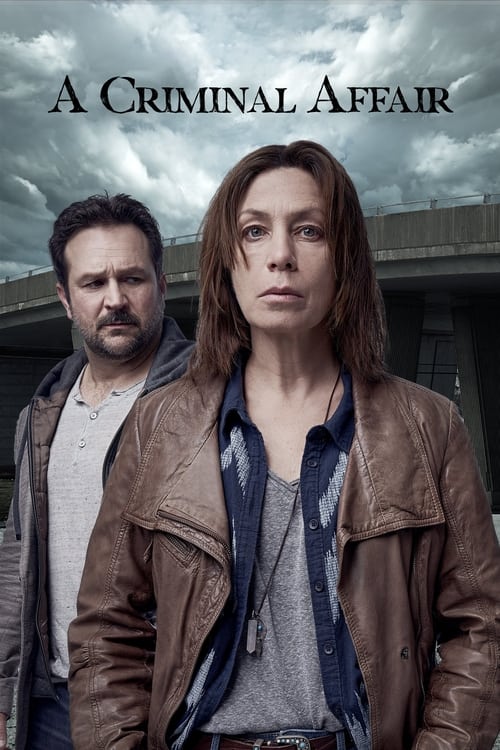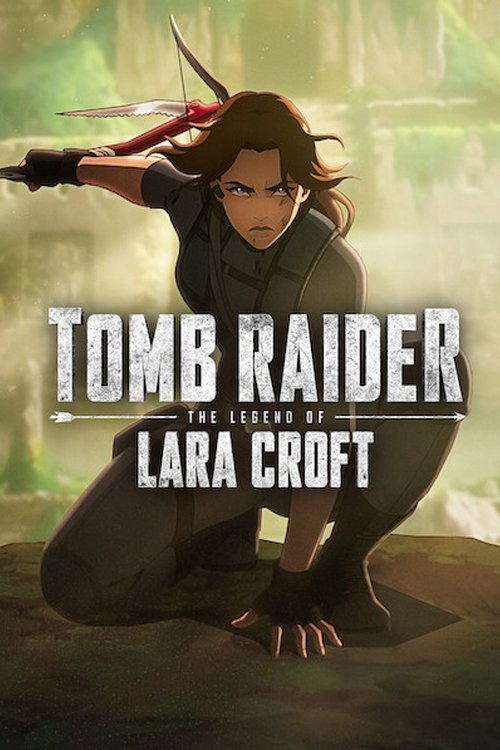
Ask Your Own Question
What is the plot?
The series "Blood Coast" begins with Murillo, a man attending the funeral of a boy named Lucas Murillo, who is his son. Murillo is accompanied by a man referred to as the Indian, also called the "crazy Arab." They learn that their associates have been caught in a deal involving 150,000 euros. Their main concern is Kamel Saidi, the brother of Ali Saidi, who is a key figure in the rival drug operation. Murillo and the Indian aggressively confront one of Kamel's men, Nabil, breaking his arm to force cooperation and warn him that refusal will lead to death.
Meanwhile, Lyes Benamar, a tough undercover cop, visits a hospital to speak with Samir, who provides critical information about a planned assassination of Kamel Saidi. At the same time, Alice Vidal, a new female cop, visits Mrs. Murillo at a care home. Mrs. Murillo refuses to see anyone, but Alice breaks in to deliver a message to her supposedly dead son. Mrs. Murillo angrily orders Alice to leave, cursing her. Undeterred, Alice follows Mrs. Murillo's car on her bike, determined to uncover more.
Kamel Saidi interrogates a man named Gonzo about Nabil's whereabouts. Gonzo reveals the information under pressure. Lyes arrives at a warehouse where Kamel Saidi and his armed escort are present. From a distance, Tatoo and Audrey observe the scene. Soon, a second car arrives carrying the Indian and Murillo. Alice Vidal also arrives after following her target, setting the stage for a tense confrontation.
The story unfolds with Captain Benamar and his team, known as "the crazies," who use unorthodox and often brutal methods to combat the violent drug cartels in Marseille. Benamar is a maverick cop from a rough neighborhood, walking a fine line between enforcing the law and going rogue. His team is tasked with preventing a bloody gang war between Murillo's faction and the Saidi family.
Throughout the series, Benamar's team employs aggressive tactics, such as extracting information from suspects through violent means, including smashing a drug mule's head through a car window and hanging him out of a speeding vehicle to intimidate him into talking. These methods highlight the gritty and dangerous environment in which the police operate.
Alice Vidal, the new cop, struggles to find her place within the team and the harsh realities of Marseille's criminal underworld. Her pursuit of Mrs. Murillo and her persistence in following leads demonstrate her determination and willingness to challenge the status quo.
Murillo's ambition to take over the Marseille drug trade drives much of the conflict. His rivalry with Ali Saidi's operation escalates tensions, leading to violent confrontations and strategic moves to eliminate key players on both sides.
The series builds toward a climax involving coordinated attacks, betrayals, and shifting alliances. Murillo and the Indian's efforts to consolidate power are met with resistance from the Saidi family and the police. The tension culminates in a series of violent encounters, including shootouts and close-quarters fights, where characters make critical decisions that determine their survival and the balance of power in Marseille's underworld.
In the final episodes, the consequences of these confrontations become clear. Loyalties are tested, and some characters face tragic ends. The police team's relentless pursuit of justice comes at a personal cost, with internal conflicts and moral dilemmas surfacing.
The series ends with unresolved tensions, hinting at ongoing struggles for control and justice in Marseille. The characters' fates remain intertwined with the city's violent and complex criminal landscape, setting the stage for potential future developments.
What is the ending?
The ending of Blood Coast (2023) concludes with the arrest of Lyes Benamar for his corrupt and illegal activities, while Ali Saidi, a major crime figure, is released due to corruption within the District Attorney's office. The series closes on an ambiguous note with Lyes smiling enigmatically as police arrive to take him into custody, leaving his ultimate fate uncertain.
Expanding on the ending scene by scene:
The final episode opens with the aftermath of a violent confrontation where Arno, a fellow cop, is as bloodied as the others, highlighting the physical toll of their pursuit. Miranda, who has spent the season building a case against Ali Saidi, learns that the DA has struck a deal with Ali, allowing him to go free. This revelation is a blow to Miranda's efforts and morale. Despite this, Miranda and the DA share a moment of closure, symbolized by a kiss, indicating a complex alliance or resignation to the political realities at play.
Meanwhile, the authorities decide to focus on taking down Lyes Benamar, whose team has been involved in various corrupt and illegal acts. With Peretto's statement as evidence, the police, led by Miranda, arrive at Lyes' residence to arrest him. The Commissioner is shocked by this development, underscoring the internal conflicts within the police force.
In a parallel thread, Lyes and his team have successfully captured Murillo, the antagonist seeking revenge for his son's death. Alice Vidal, a key character connected to Murillo's past, chooses justice over vengeance by sparing Murillo's life, which earns Lyes and his team public acclaim. However, this victory is overshadowed by the unraveling of Miranda's case against Ali Saidi.
As the police close in on Lyes, the screen cuts to black just after capturing his enigmatic smile. This moment suggests a mix of resignation and possible cunning, leaving viewers uncertain whether Lyes will be fully brought to justice or find a way to evade it.
Regarding the fates of main characters at the end:
- Lyes Benamar is arrested for corruption and illegal activities, but his smile hints at unresolved possibilities.
- Ali Saidi is released due to DA corruption and presumably returns to his position of power in the criminal underworld.
- Miranda is disheartened by the failure to convict Ali but remains involved in the arrest of Lyes.
- Alice Vidal chooses mercy over revenge, sparing Murillo and aligning with Lyes' team.
- Murillo is captured but spared, his quest for vengeance effectively ended.
This ending leaves the central conflict between law enforcement and organized crime unresolved in some respects, emphasizing the blurred lines of justice and corruption within the system. It also sets up potential future developments around Lyes' fate and the ongoing power struggles in Marseille's criminal landscape.
Who dies?
Is there a post-credit scene?
The TV show Blood Coast (2023) does not have a post-credit scene. The series finale wraps up with significant plot resolutions and a cliffhanger involving the arrest of Lyes, but no additional scene after the credits is reported or described in available episode recaps and analyses.
The ending focuses on the fallout from the criminal and police conflicts, including the revelation of who killed Murillo's son and the arrest of Lyes, but no post-credit or extra scene is mentioned in detailed episode reviews or summaries.
What is the significance of the character Murillo in the plot of Blood Coast?
Murillo is a central figure involved in the Marseille drug trade conflict. He is depicted as a man connected to a boy named Lucas Murillo, whose funeral opens the series. Murillo is actively engaged in violent dealings and power struggles, including confrontations with rival factions and police surveillance. His actions and alliances, such as working with the character known as the Indian, drive much of the early tension and plot development in the series.
How does the character Lyes Benamar operate within the police force in Blood Coast?
Lyes Benamar is an undercover cop leading a team with unconventional methods to combat Marseille's drug trade. He is portrayed as a maverick who balances rough tactics and borderline rogue behavior. Despite provoking his superiors, he is effective in extracting information and making arrests, such as violently interrogating a drug mule to gain intel. His background from a tough Marseille housing project informs his approach and motivations.
What role does Kamel Saidi play in the storyline of Blood Coast?
Kamel Saidi is a key figure in the rival drug operation opposing Murillo's faction. He is the brother of Ali Saidi and is targeted for assassination, which becomes a critical plot point. His movements and protection by armed escorts are closely monitored by both police and rival criminals, indicating his importance in the power dynamics of the Marseille drug scene.
What is the relationship between Alice Vidal and the Murillo family in Blood Coast?
Alice Vidal is a police officer who shows a personal and determined interest in the Murillo family. She visits Mrs. Murillo at a care home despite being unwelcome and attempts to send a message to her deceased son, Lucas Murillo. Vidal also follows Murillo's car covertly, indicating her deep involvement in the investigation and possibly a personal connection or motivation related to the Murillo family.
How do the police and criminal factions interact and escalate conflict in the first episode of Blood Coast?
In the first episode, police and criminal factions engage in a tense cat-and-mouse game involving surveillance, violent interrogations, and strategic movements. The police, led by Lyes Benamar and Alice Vidal, track key figures like Kamel Saidi and Nabil, using aggressive tactics to extract information. Meanwhile, Murillo and the Indian coordinate their efforts to maintain control and retaliate against betrayals, such as breaking Nabil's arm to enforce loyalty. These interactions set the stage for escalating violence and power struggles throughout the series.
Is this family friendly?
Blood Coast (2023) is not family friendly and is rated TV-MA for mature audiences. The series is a French crime drama set in Marseille, focusing on intense police operations against violent drug cartels. Below is a detailed, spoiler-free breakdown of potentially objectionable or upsetting content for children or sensitive viewers, organized by category and described with specific visual and emotional detail.
Violence & Gore
The show features severe violence throughout, though gory scenes are not constant. Expect scenes where characters are physically assaulted, sometimes with sudden, brutal force--for example, a suspect's head is smashed through a car window in a tense interrogation, followed by the character being dangled from a moving vehicle. Gunfights and confrontations are frequent, with blood visible during altercations. The threat of violence is ever-present, and the atmosphere is charged with tension as characters navigate dangerous situations, often with high stakes and palpable fear. While the most graphic moments are not prolonged, the suddenness and intensity of these scenes could be disturbing.
Sex & Nudity
There is mild sexual content, including occasional flashes of bare breasts, particularly in club or party settings. These moments are brief and not a central focus of the narrative, but their inclusion means the show is not suitable for younger viewers.
Profanity
Language is generally mild, with some use of strong words typical of crime dramas, but not excessively graphic or constant.
Alcohol, Drugs & Smoking
Given the subject matter--police versus drug cartels--there are scenes depicting drug dealing and references to substance abuse. However, actual drug use is rarely shown on screen. Smoking and drinking occur, mostly as background elements in social or tense situations, contributing to the gritty realism of the setting.
Frightening & Intense Scenes
The series maintains a moderate level of intensity, with suspenseful sequences, chases, and life-or-death confrontations. Characters often operate under extreme stress, and the emotional toll of their work is visible--fear, anger, and desperation are common. While there are no overtly supernatural or horror elements, the realistic portrayal of criminal violence and police tactics can be unsettling.
Emotional & Psychological Content
Characters grapple with moral ambiguity, loyalty, and the psychological impact of violence. The lead, Captain Benamar, is a complex figure who sometimes crosses ethical lines, creating internal conflict and tension within the team. The emotional stakes are high, and viewers may witness characters experiencing guilt, betrayal, and trauma as a result of their actions and the world they inhabit.
Summary Table of Content Concerns
| Category | Level | Description | |-------------------------|------------|---------------------------------------------------------------------------------------------| | Violence & Gore | Severe | Brutal physical altercations, gunfights, blood, high tension, sudden violence | | Sex & Nudity | Mild | Occasional brief nudity (bare breasts), not central to plot | | Profanity | Mild | Some strong language, not excessive | | Alcohol, Drugs & Smoking| Mild | Background smoking/drinking, drug trade themes, little actual use shown | | Intensity/Frightening | Moderate | Suspenseful, high-stakes situations, emotional stress, no horror elements |
Conclusion
Blood Coast is best suited for adult viewers comfortable with graphic violence, tense crime scenarios, and mature themes. It is not appropriate for children or those sensitive to realistic depictions of police brutality, criminal activity, or brief nudity. The emotional and physical intensity of the series is a core part of its narrative, and these elements are presented with a level of detail that could be upsetting for some audiences.

